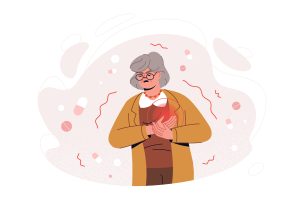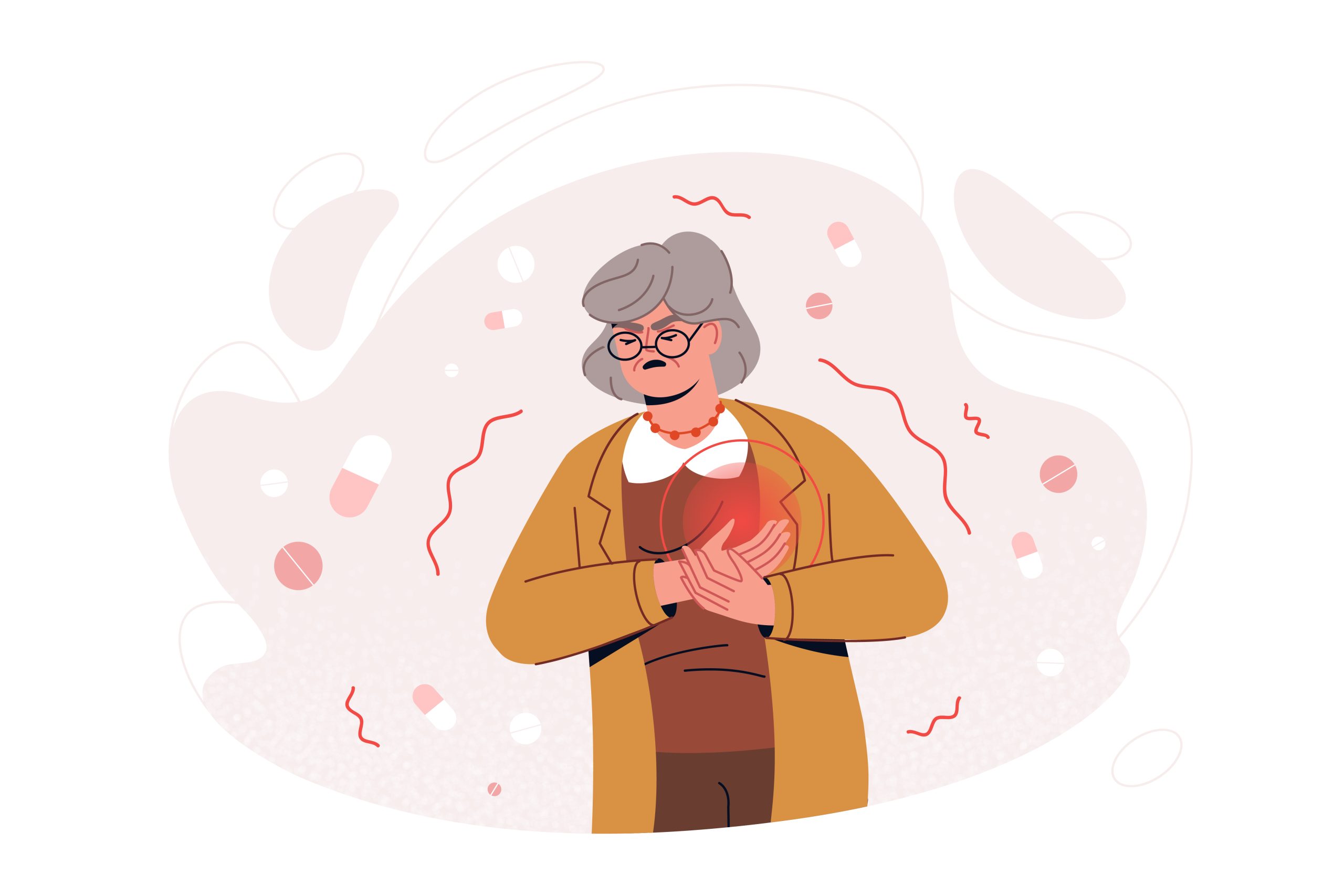Is Angina Serious? Understanding the Heart’s Warning Signs
Angina is a common symptom of heart problems, but how serious is it really? For many, the sudden tightness or discomfort in the chest can be alarming. And with good reason—angina is not something to be taken lightly. In this blog, we’ll explore what angina is, what causes it, its symptoms, and how to know when it’s serious.
What Is Angina?
Angina is chest pain or discomfort caused by reduced blood flow to the heart muscle. Like any other organ, the heart needs oxygen, and it gets this from the blood flowing through the coronary arteries. When these arteries become narrowed or blocked, the heart doesn’t receive enough oxygen, causing the pain or pressure we call angina.
While angina itself isn’t a disease, it’s usually a symptom of an underlying heart condition, most often coronary artery disease (CAD). This makes angina an important signal that something might be wrong with your heart.
Types of Angina
There are different types of angina, and understanding which type you have can help determine how serious your condition is:
- Stable Angina: This is the most common form of angina. It usually occurs during physical activity or stress and subsides with rest or medication (such as nitroglycerin). Stable angina is generally predictable and manageable, but it indicates that your heart is under strain. Left untreated, it could lead to more serious problems over time.
- Unstable Angina: Unstable angina is more concerning. It can occur without a trigger, such as when you’re resting, and the pain can last longer. Medication might not provide relief. Unstable angina is often a sign of a heart attack about to happen, so it requires immediate medical attention. This is an emergency situation.
- Variant (Prinzmetal’s) Angina: Variant angina occurs when a spasm in the coronary arteries temporarily reduces blood flow. This type of angina can happen while you’re at rest and may be severe, but it’s usually treatable with medication. Though less common, it can still lead to serious complications if not addressed.
Causes of Angina
There are several factors that can contribute to angina, most of which relate to heart health:
- Coronary Artery Disease (CAD): The most common cause of angina is the build-up of fatty deposits (plaque) in the coronary arteries, reducing blood flow to the heart.
- Heart Valve Disease: Conditions such as aortic stenosis, which narrows the heart valves, can also lead to angina.
- High Blood Pressure (Hypertension): Over time, high blood pressure can damage the arteries, making them more prone to plaque build-up.
- Stress: Physical or emotional stress can increase the heart’s demand for oxygen, potentially triggering angina.
Symptoms of Angina
Recognising the symptoms of angina is vital for early detection and the prevention of more serious heart problems. Symptoms vary, but often include:
- A sensation of pressure, tightness, or squeezing in the chest
- Pain that spreads to the arms, neck, jaw, shoulder, or back
- Shortness of breath
- Nausea, fatigue, or dizziness
- Sweating
If you experience any of these symptoms, especially if they’re new, worsening, or happening while at rest, it’s essential to seek medical advice immediately.
When Is Angina Serious?
Angina is always a sign that your heart isn’t getting the oxygen it needs, so it should never be ignored. However, unstable angina is particularly dangerous because it can lead to a heart attack.
- Stable Angina: This form can be managed with lifestyle changes and medication, but it’s still a signal that your heart health needs attention. Over time, stable angina can develop into more serious conditions like unstable angina or a heart attack if not properly treated.
- Unstable Angina: This is an emergency. If you experience chest pain that’s new, worsening, or not relieved by rest or medication, you should seek immediate medical attention. Delaying treatment can result in permanent heart damage or even death.
Managing Angina
Managing angina usually involves a combination of lifestyle changes, medication, and sometimes surgery. Here’s what this might involve:
- Lifestyle Changes: Reducing your risk factors is key. This includes stopping smoking, eating a healthy diet, exercising regularly, and managing stress.
- Medications: Nitrates (such as nitroglycerin), beta-blockers, calcium channel blockers, and statins are commonly used to manage angina and prevent heart attacks.
- Surgical Procedures: In more severe cases, treatments like angioplasty or coronary artery bypass surgery may be needed to improve blood flow to the heart.
Conclusion: Don’t Ignore Angina
So, is angina serious? The answer is yes. While stable angina can be managed, it’s a warning sign that should prompt action. Unstable angina, however, is a medical emergency and should never be ignored.
If you experience any form of angina, it’s important to speak to a healthcare professional, who can help assess your heart health and advise on appropriate treatments. Early intervention can make a big difference in preventing more serious complications.
Sign up to our EFAW course today : Click Here
Read more about us on Babababoon : Click Here

<a href=”https://www.freepik.com/free-vector/flat-old-woman-feel-sharp-chest-pain-heart-attack-symptoms_25553239.htm#query=angina&position=0&from_view=keyword&track=ais_hybrid&uuid=f5b628c0-43ce-4c57-a9af-cc05304d0418″>Image by redgreystock on Freepik</a>

